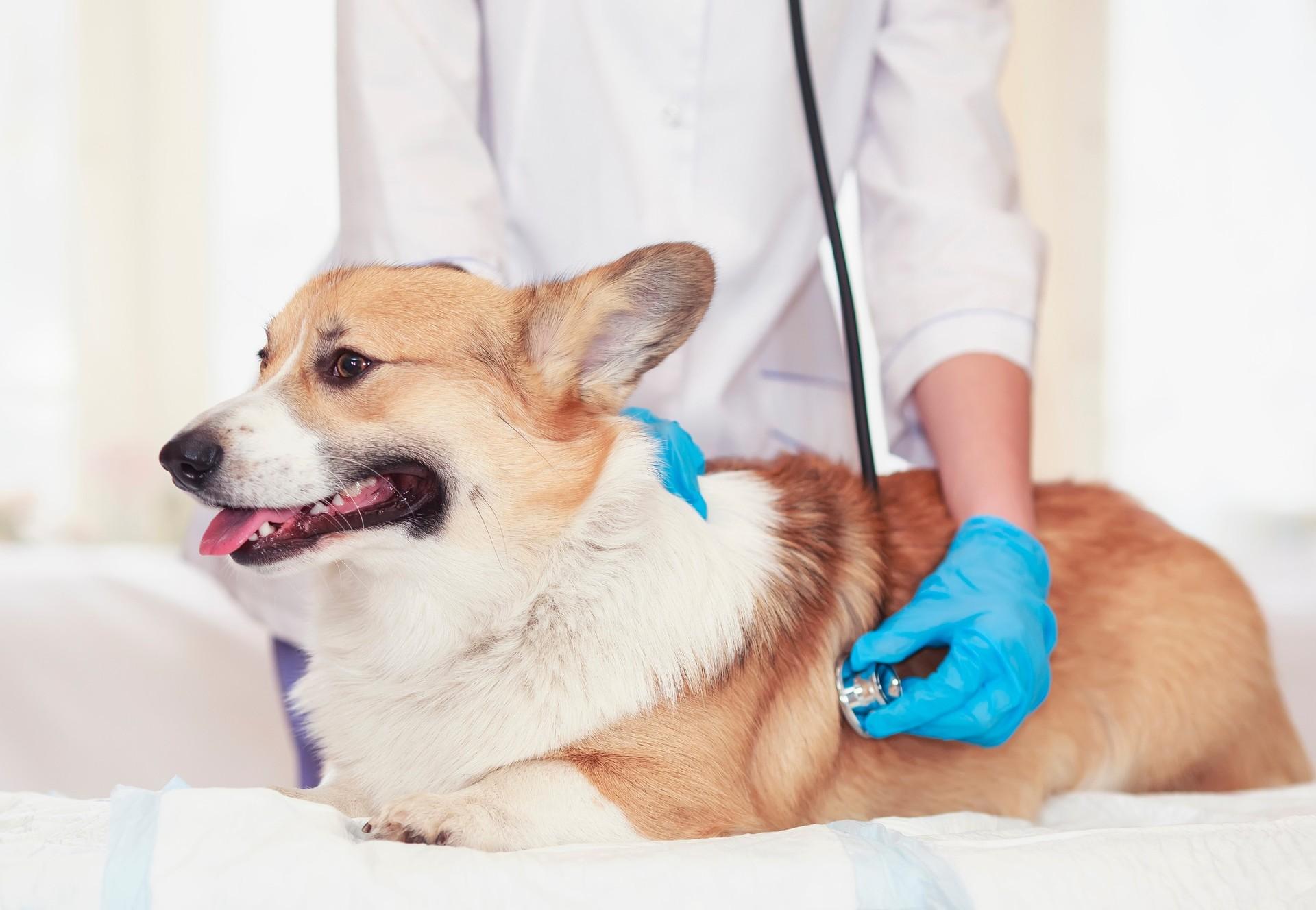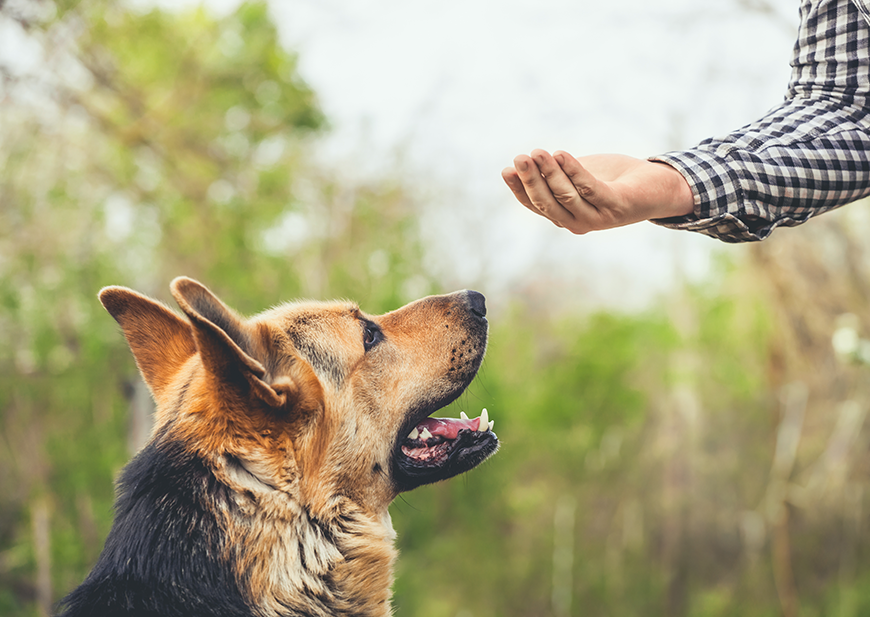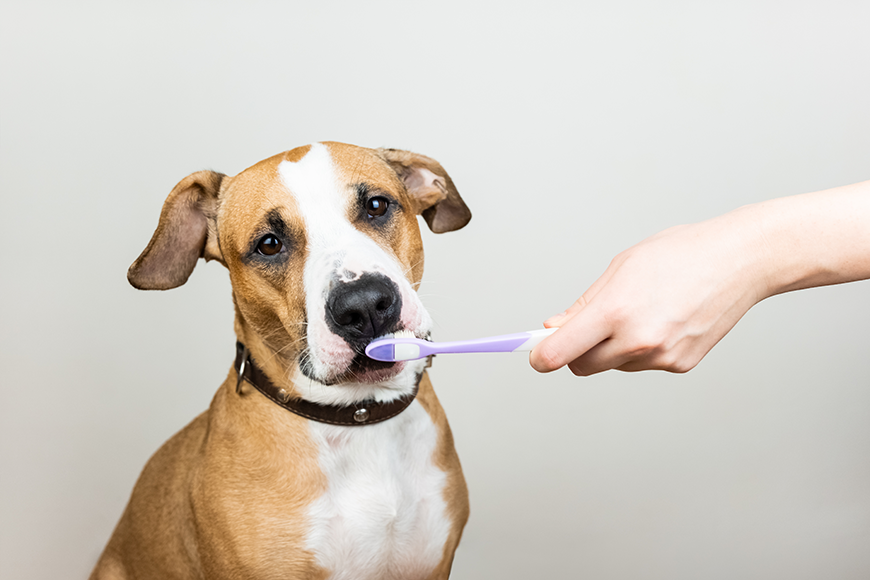No products in the cart.
The epidemic of pet obesity is a growing crisis that demands urgent attention and collective action. As the bond between humans and their animal companions deepens, pets have undeniably evolved into more than just furry friends – they have seamlessly integrated themselves as integral members of the modern family structure. This deep connection, rooted in companionship and unconditional love, often leads to a shared lifestyle where pets partake in daily routines, leisure activities, and dietary choices.
Yet, within this intimacy lies the potential for unintended consequences, and among the most alarming of these is the burgeoning concern of pet obesity. Just as the epidemic of obesity has surged to unprecedented levels within the human population, our cherished four-legged companions are encountering a weighty crisis of their own. This article serves as an illuminating exploration, delving into the intricate tapestry of causes, unveiling the intricate web of consequences, and presenting practical solutions that envelop the urgent matter of pet obesity – a matter that beckons for both attention and action in equal measure.
Epidemic of Pet Obesity | Causes, Consequences, and Solutions
Pet obesity refers to the condition in which animals, typically domestic pets like dogs, cats, and even smaller mammals, carry excessive body fat, significantly exceeding the healthy weight range for their breed and size. Similar to the obesity crisis faced by humans, pet obesity has become a concerning and widespread issue, marked by the accumulation of surplus adipose tissue. This excess weight not only impacts pets’ physical health but also contributes to a range of related health problems, decreasing their overall quality of life and longevity.
Pet obesity occurs when animals consume more calories than they expend through physical activity, resulting in a surplus of stored fat. Factors such as overfeeding, lack of exercise, and genetic predisposition can contribute to this condition. The consequences of pet obesity encompass a range of health issues, including diabetes, joint problems, heart disease, and a shortened lifespan. Recognizing and addressing pet obesity is vital for maintaining the well-being of our animal companions and ensuring they lead happy, healthy lives.
The Alarming Numbers of Epiemic of Pet Obesity
Pet obesity transcends geographical boundaries, encompassing diverse species that share our lives and homes. This pressing concern extends to dogs and cats, the quintessential companions, and smaller mammals like rabbits and guinea pigs. Painting a vivid picture of the magnitude of this challenge, statistics from the Association for Pet Obesity Prevention (APOP) provide a stark revelation: in the year 2021, a staggering 56% of dogs and an equally concerning 60% of cats in the United States grappled with the classification of being overweight or obese. Astonishingly, similar patterns reverberate across the global spectrum of developed nations, reinforcing the inescapable truth that this issue is a shared predicament that transcends cultures and continents. The resonance of these alarming statistics emphasizes the need for an international approach in our efforts to combat this epidemic.
Causes of Epidemic Pet Obesity
- Overfeeding: One of the most prevalent causes of pet obesity is overfeeding. Many pet owners mistakenly equate food with love and tend to overindulge their pets with treats and snacks. Regular feeding routines can also become haphazard, leading to excessive caloric intake.
- Lack of Exercise: Sedentary lifestyles have become a concern for humans and their pets. Many pets spend their days indoors, with limited opportunities for physical activity. A lack of exercise and excessive calorie intake creates a perfect storm for weight gain.
- Human Habits: Pet owners’ habits significantly influence their animals’ health. If owners lead sedentary lives and have poor dietary habits, their pets will likely mirror these behaviors. Sharing human food, particularly high-calorie and unhealthy options, can lead to weight gain in pets.
- Breed Predisposition: Certain breeds are genetically predisposed to obesity. Breeds with slower metabolisms or those prone to food allergies might require special attention to their diet and exercise regimen to prevent excessive weight gain.
Consequences of Pet ObesityX
The consequences of pet obesity are not limited to physical health; they also extend to emotional and psychological well-being. Some of the prominent consequences include:
- Health Disorders: Obesity puts pets at risk of many health issues, including diabetes, arthritis, cardiovascular problems, and respiratory disorders. The excess weight stresses joints and internal organs, reducing their longevity and quality of life.
- Decreased Life Span: Studies have shown that overweight pets have shorter lifespans than their healthier counterparts. The strain on their bodies from carrying excess weight accelerates aging and increases susceptibility to diseases.
- Diminished Quality of Life: Obese pets often experience a decreased quality of life due to limited mobility and discomfort. They may struggle to perform simple activities like running, jumping, or grooming themselves.
- Emotional Well-being: Pet obesity can affect animals emotionally as well. Being overweight might lead to social isolation, as pets become less inclined to engage in activities and interactions they once enjoyed.
Addressing the Crisis: Solutions
- Balanced Diet: Consulting a veterinarian to determine an appropriate diet for a pet’s age, breed, and activity level is crucial. Portion control and a balanced combination of proteins, carbohydrates, and essential nutrients are key to maintaining a healthy weight.
- Regular Exercise: Providing pets with opportunities for exercise is essential. Activities such as daily walks, playtime, and interactive toys can help them burn calories and stay active.
- Mindful Feeding: Avoid using food as a means of expressing love. Instead, show affection through physical touch, praise, and attention. Stick to regular feeding schedules and avoid indulging pets with excessive treats.
- Routine Veterinary Check-ups: Regular visits to the veterinarian can help catch weight gain early and address any underlying health issues that might contribute to obesity.
- Educational Initiatives: Raising awareness about the dangers of pet obesity is crucial. Veterinary clinics, animal shelters, and pet supply stores can play a role in educating pet owners about proper nutrition and exercise.
- Behavioral Enrichment: Mental stimulation is as important as physical activity. Providing pets with puzzles, toys, and activities that engage their minds can help prevent boredom-related overeating.
- Weight Management Programs: Some veterinary clinics offer weight management programs that include personalized diet plans, exercise routines, and regular check-ins to monitor progress.
Conclusion
Epidemic of Pet obesity is a complex and multi-faceted issue that deserves attention on a global scale. Just as humans strive for healthier lives, it’s our responsibility as pet owners to ensure our beloved companions lead long, happy, and healthy lives. By addressing the causes of pet obesity, recognizing its consequences, and implementing proactive solutions, we can reverse this alarming trend and provide our pets with the quality of life they deserve.
Share :
Share on facebook
Share on twitter
Share on linkedin
Popular Post
How to choose a training
April 27, 2019
Top tips for caring for
April 27, 2019
Tips for keeping your cat
April 27, 2019
Archives
Tags
Animal hospital in Lahore Animal hospital Lahore Best pet grooming in Lahore Best Vets cat indoor entertainment tips Cloth dog's teeth caring tips Food Health How to choose a training reward for your dog New Pet Online Pet Shop Online Pet Store Pet Pet2 Pet Clinics Pet Hospital in Lahore Pet Hospitals Pet Store Shop Training Veterinary veterinary clinic in Lahore Veterinary Clinics Veterinary Doctor Veterinary Hospital Veterinary hospital in Lahore Vets in Lahore
Email for newsletter
Pet Supplies
At Pets Mall, we offer premium quality dog and cat food, pet supplies, and vaccination. Get everything you need for your pet!
Mobile Pet Clinic
If you pets need immediate veterinary’s treatment, give us a call and we will send a specialist vet to your home.
Contact us
- 34 Q Block, Johar Town, Shah Alam Road, Near Ayub Chowk , Lahore
- petsmallpk@gmail.com
- 0301-7475573 , 0313-4343476
COPYRIGHT © PetsMall.pk ALL RIGHTS RESERVED. | DEVELOPED BY DIGIKNOWN











